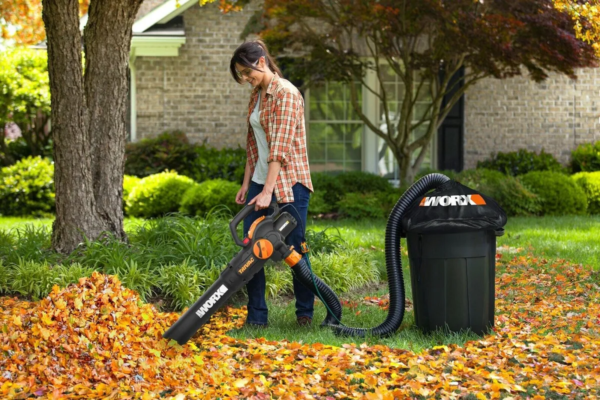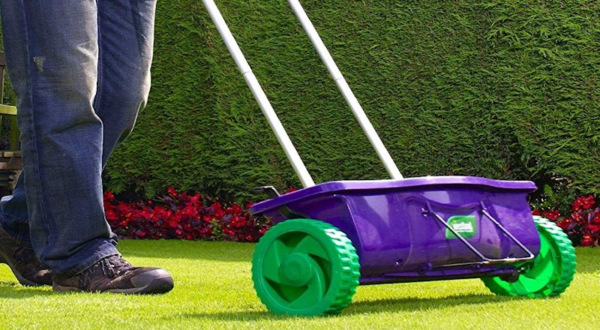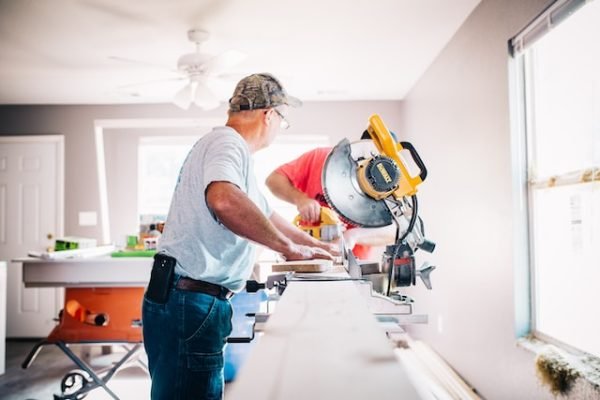Pigeon Forge and Gatlinburg are two of the most popular vacation destinations, especially due to their proximity to the Great Smoky Mountains National Park. While small in population, both towns welcome millions of tourists every year due to their proximity to nature and all the amazing, fun activities they offer. In fact, nearly 15 million tourists visit these towns every year!
So, if you plan on visiting the Smokies, you might be confused about where to stay. Both Pigeon Forge and Gatlinburg offer some amazing attractions and fun, family-friendly activities, which can make the decision hard. Luckily, Pigeon Forge is just a 15-minute drive away from Gatlinburg. So, regardless of where you decide to stay, you can easily enjoy the best of what each town has to offer on your vacation to the Smokies.
So, no matter which town you pick for your stay, you’ll be minutes away from all the amazing activities. Here are the best family-friendly adventures for you to enjoy during your trip to Gatlinburg and Pigeon Forge.
1. Stay in comfy cabins
The best way to enjoy a vacation in these towns is to stay in a cabin. You can find many cabin rentals in the area that offer the comfort of a home and hotel amenities. Moreover, most of these cabins are nestled in the mountains, so you can experience nature first-hand during your vacation.
You can enjoy barbeques, go for a picnic, go hiking and fishing, or see wildlife such as birds and deer roaming freely.
2. Explore the mountains
Although there are a lot of things to do in Gatlinburg and Pigeon Forge, exploring the Great Smoky Mountains National Park should be at the top of your list. It is the most popular national park in the US and offers some stunning scenic views.
There are several hiking trails you can choose from according to the level of difficulty. For instance, if you’re feeling adventurous, you can go for a hike to Laurel Falls. However, if you’re traveling with small children, you can also find several easy and stroller-friendly hiking trails. On the other hand, you can also plan a simple yet relaxing picnic with your family at the park.
3. Anakeesta
Anakeesta is a mountaintop park located in Gatlinburg, which is perfect for a family-friendly adventure. The park is located 600 feet above Gatlinburg and can be reached by a chairlift.
You can enjoy many fun activities once you reach the top. For instance, you can go ziplining, enjoy the majestic views, or spend a relaxing day eating or shopping. And don’t forget to experience one of the most breathtaking sunsets before you leave.
4. Visit the Gatlinburg SkyPark
The Gatlinburg SkyPark is located on top of Crockett Mountain and is a famous tourist attraction. Once you reach the top via chairlift, you can enjoy some magnificent views, grab a meal, or get your hands on some exquisite souvenirs. The Gatlinburg SkyPark is also home to the longest pedestrian bridge in North America, which is 680 feet long and suspended around 140 feet above the ground. So, if you are in search of a thrilling adventure, a walk across this bridge might be just what you need.
5. Dollywood
Dollywood is an amazing theme park located in Pigeon Forge, and it should definitely be at the top of your list of things to do on your vacation. Ranked as the #1 theme park in the US, Dollywood offers its visitors numerous family-friendly adventures.
For instance, you can go on thrilling rides at the amusement park, enjoy mouthwatering meals at dinner shows, or shop for souvenirs. And, if you visit during the summer, make sure to head over to Dollywood’s Splash County and beat the heat at some of the best pools and water slides.
6. Ripley’s Aquarium
If you’re looking for a fun learning experience to enjoy with your family, you can head over to Ripley’s Aquarium in Gatlinburg.
At the aquarium, you and your family can witness all the amazing marine creatures you have only heard of. The aquarium is home to many sea animals, including sharks and sting rays. And you can also meet penguins face-to-face! Won’t that be fun for the kids?
7. Visit the Island in Pigeon Forge
The Island is a popular tourist spot in Pigeon Forge and has many family-friendly activities for you and your family to enjoy. For instance, you can spend a relaxing day shopping or eating or go on thrilling rides and roller-coasters in the amusement park. You can also enjoy the most stunning view of the surrounding mountains on the Ferris wheel. Last but not least, you can also enjoy live music and a beautiful fountain show.
Concluding Thoughts
Gatlinburg and Pigeon Forge are the ultimate vacation destinations for a fun-filled and memorable family trip. The two mountain towns are located only 15 minutes away from each other and offer numerous fun activities for families. Here, you can explore nature, go hiking, or plan a picnic in the mountains. On the other hand, you can also enjoy the delicious local cuisine, go for thrilling rides, or learn more about marine life. The best part is that it has something for everyone, so you won’t have to worry about the kids getting bored or your spouse not enjoying some shopping. Whatever each of you wants from a vacation, it’s all here!










